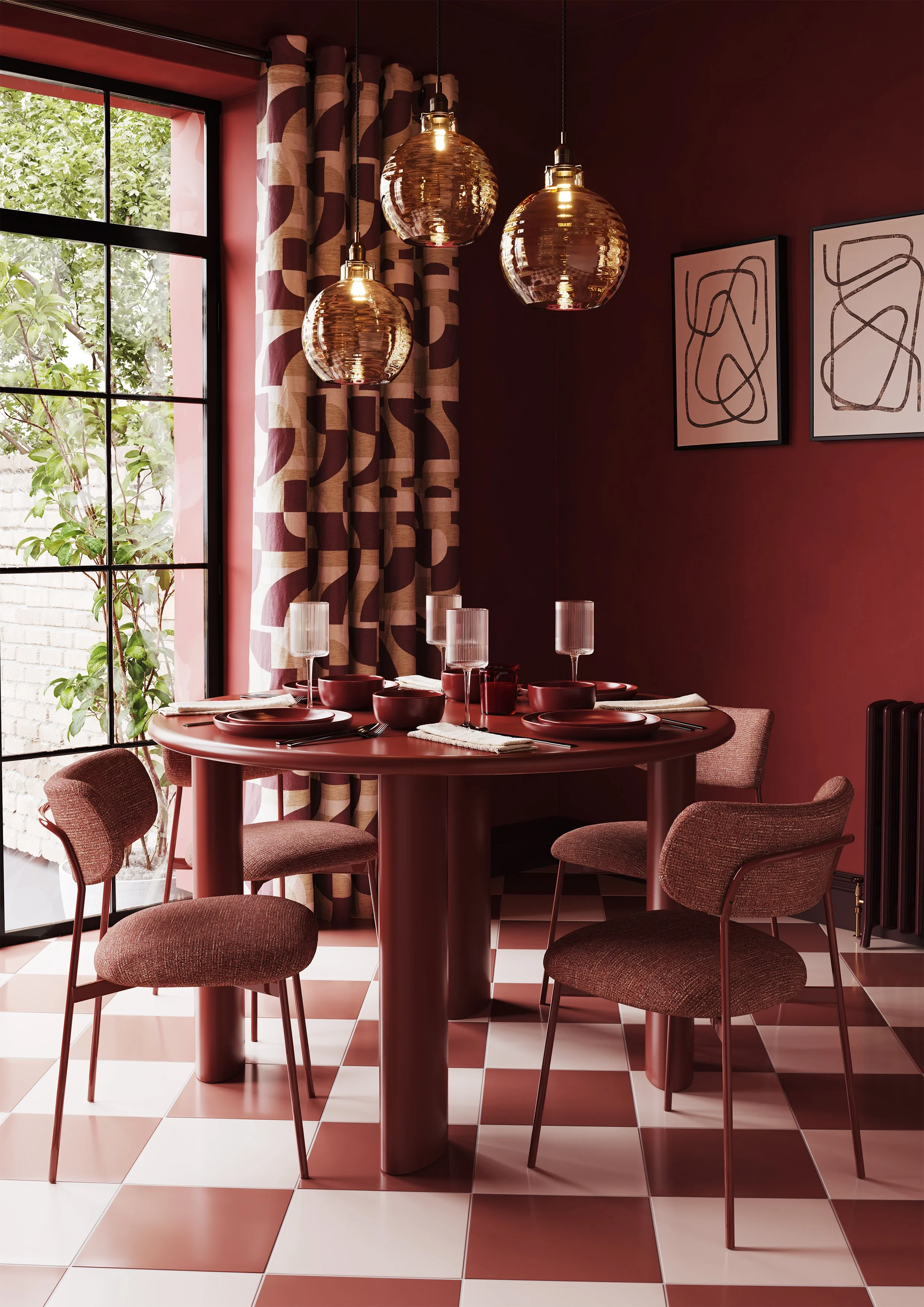Looking For A Calmer Space? You Might Need To Think About Acoustics
Image Credit: Wood Works Brighton
Featured Partner Post
Does your living room sometimes feel like a tunnel or church, where conversations echo off the walls? Or, maybe your home office has a constant, distracting hum that makes focusing on your daily tasks almost impossible. Whatever the issue, poor room acoustics can quickly turn a space intended for focus or rest into an uncomfortable one. Fortunately, improving the acoustics in your home doesn’t require a major renovation—just a few smart changes.
Acoustics Matter More Than You Think
We often focus on how a room looks, but how it sounds is just as important. Ever been in a room that’s so echoey that every word or noise feels like it’s bouncing back at you? Aside from being irritating, it can also make you feel disconnected, making it hard to focus or relax. Taking the time and effort to improve the acoustics of a room helps to create a space that feels comfortable and peaceful. You want a room where you can enjoy playing instruments, listening to records, create content with AI music, have a conversation, or just sit quietly without battling constant noise reverberation.
Thick curtains absorb sound in a room. Image credit: Hillary’s.
Absorption and Diffusion: Key Players in Acoustics
Good room acoustics come down to two main things: absorption and diffusion. When you think of absorption, think of soundproofing products; using soft materials like rugs, curtains, or acoustic panels to soak up sound waves. Diffusion, on the other hand, scatters the sound waves evenly around the room, preventing them from concentrating in one spot. Together, these techniques can make a room sound more balanced and comfortable.
The trick is to use a combination of both. For example, filling your walls with sound-absorbing panels can reduce echoes, but adding a bookshelf full of items or a textured wall covering helps diffuse sound waves, making the room feel alive but not noisy.
How Many Panels Should You Use?
This is one of the most common questions - unfortunately, there’s no hard rule. However, a good place to start is by covering about 30% of the floor area with sound-absorbing materials. This includes things like curtains, rugs, and acoustic panels. You can always add more if needed, but starting small will give you a sense of how the acoustics improve without overwhelming the room.
Take a room that’s around 50 square meters. To begin improving the acoustics, try covering about 15 square meters with sound-absorbing surfaces. From there, you can adjust based on the results.
Where Should Panels Go?
Now, let’s talk about placement. Instead of covering every available surface, focus on where the sound bounces the most. Walk around your room and clap your hands—where you hear the most echo is where the panels need to go.
For living rooms, sound tends to reflect between the walls behind the sofa and your TV or speakers. Try covering at least a quarter of these walls with acoustic panels. Ceilings are also prime spots for echoes, so adding ceiling tiles or sound-absorbing lamps can make a noticeable difference.
Make It Look Good
The great thing about modern acoustic treatments is that they don’t have to be ugly or industrial-looking. In fact, many acoustic panels now come in sleek, stylish designs that can complement your décor.
For example, you can choose minimalist acoustic panels in neutral tones that blend into the background or go bold with geometric designs that double as wall art. Even sound-absorbing lamps which are made from materials like felt, are both functional and chic. Don’t forget about soft furnishings—heavy curtains, thick rugs, and upholstered furniture do wonders for absorbing sound, all while making the room feel cosy.
Other Budget Fixes
Not ready for acoustic panels? That’s okay! You can improve acoustics with simple, everyday items:
Heavy curtains: Thick, floor-length curtains absorb sound and soften echoes, especially in rooms with large windows.
Rugs and carpets: The thicker the better. Adding a high-pile rug absorbs sound and warms up the space.
Furniture placement: Strategically placing furniture, like sofas or bookshelves, can break up sound waves and prevent them from bouncing around.
Something as simple as adding a large bookcase filled with books can also help diffuse sound, making your room feel more comfortable.
A high-pile rug absorbs sound and retains room heat. Image Credit: Sonya Winner Rug Studio.
Room-Specific Soundscaping
Every room in your home has different acoustic needs. For your home office, focus on minimising distractions. Place soft materials, like curtains or a bookshelf, near your desk to absorb sound and create a quieter workspace.
In spaces where you watch TV or listen to music, balance sound absorption and diffusion. Acoustic panels behind your TV and a few soft furnishings can create a great sound experience.
Staircases are often a source of echoes due to parallel walls. Adding wall art, shelves, or even textile hangings along the staircase can break up sound waves and reduce echo.
Eco-Friendly Acoustic Solutions
Want to make your home quieter and more eco-friendly? Consider using sustainable acoustic panels made from materials like wool, recycled polyester, or cork. These materials are highly effective at absorbing sound, reducing your environmental impact.
Better Acoustics, Better Living
At the end of the day, good acoustics make your home more enjoyable to live in. Whether it’s clearer conversations, less stress, or a better sound experience while watching movies, acoustics play a major role in the way we feel about our spaces. You don’t have to live in an echo chamber—start small, experiment with a few acoustic improvements and notice how much more pleasant your home can feel.
By blending smart acoustic solutions with stylish design choices, you can transform your home into a quieter, more comfortable haven—no heavy renovation required. So go ahead, give your walls and ceilings some love, and enjoy the newfound peace in your space.









Brighten your home with these yellow paint colours…